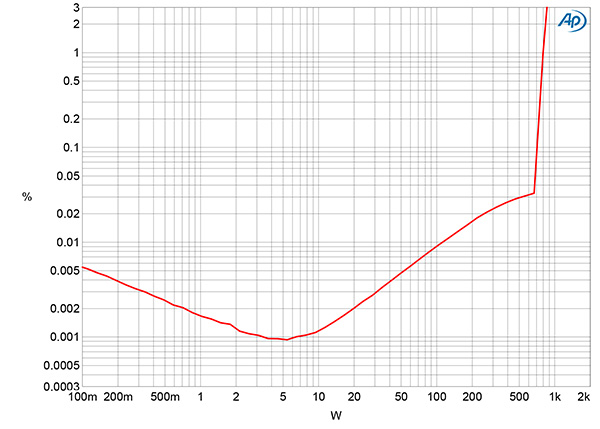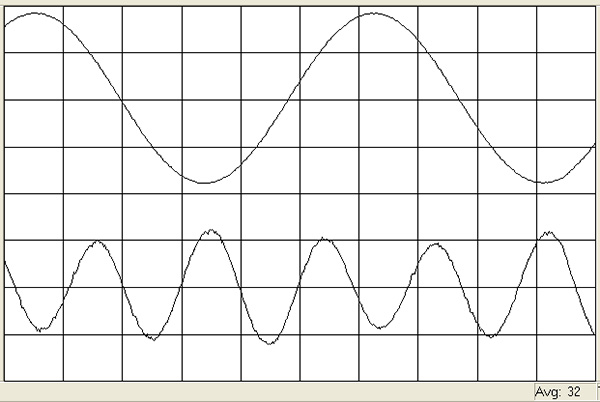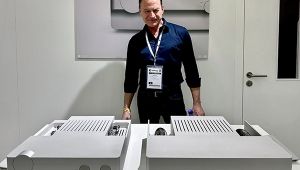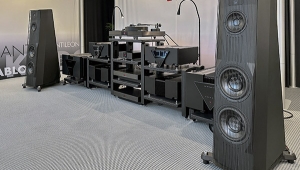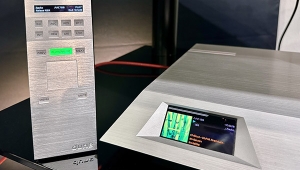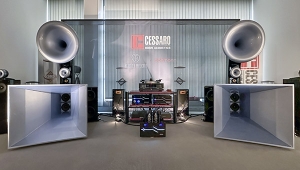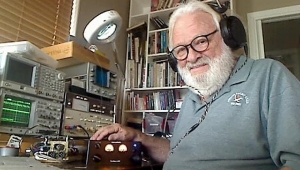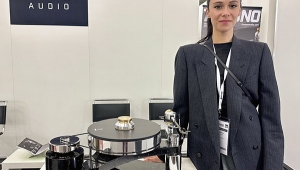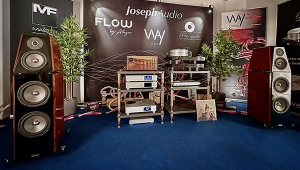| Columns Retired Columns & Blogs |
Nice to see a ClassA/B amp without Class-D switching noise filtering needed when it's being measured.
"how could Linn get so much power out of an amplifier that weighs a teeny bit less than 60lb, is relatively small, and manages to run at a stable, cool temperature without the use of a fan?"
SMPS (money and weight saver) and Class-A/B (low bias=cooler)
(not a lover of the SMPS especially in source equipment)
Go near one with a old AM portable radio that has no auto mute if it tuned in off channel, tune it in down around 600khz off channel, turn up the volume and hear what horrors come out of it.
Cheers George




